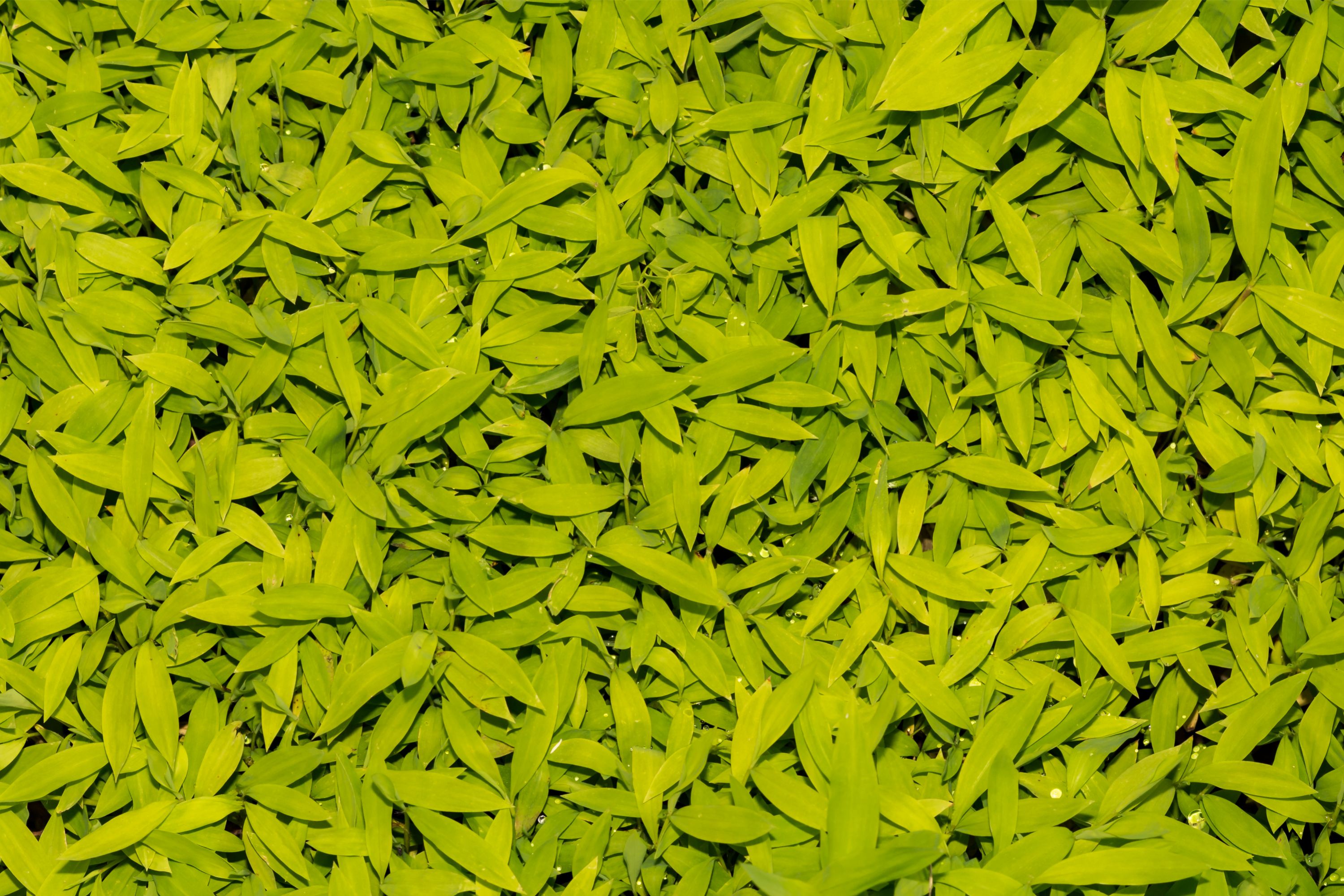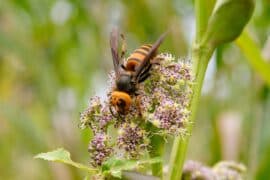Japanese stiltgrass
(Microstegium vimineum)

Description
Microstegium vimineum, commonly known as Japanese stiltgrass, packing grass, or Nepalese browntop, is an annual grass that is common in a wide variety of habitats and is well adapted to low light levels. Despite being non-native in the United States, it serves as a host plant for some native satyr butterflies, such as the Carolina satyr Hermeuptychia sosybius and the endangered Mitchell's satyr Neonympha mitchellii. Owing to its invasive potential, the plant has been put on the European list of invasive alien species. This means the plant can no longer be imported into or traded in the European Union. It is native in much of South Asia, East Asia, and parts of Southeast Asia, and has since moved to the United States. In 2020 it was found in Wisconsin. It typically grows to heights between 40 and 100 cm (1.3 and 3.3 ft) and is capable of rooting at each node. The plant flowers in late summer and produces its seeds in the form of a caryopsis shortly thereafter. It is quite similar to and often grows along with the North American grass Leersia virginica, but L. virginica lacks the distinctive silver stripe on the center of the leaf that is present on Japanese stiltgrass and also flowers one to two months earlier. The plant is known to be a common habitat for ticks such as the lone star tick. Browsing deer often transport these ticks into other areas where they can expand. The plant was accidentally introduced into the U.S. state of Tennessee around 1919 as a result of being used as a packing material in shipments of porcelain from China. It has spread throughout the Southeastern U.S. and is now found in 26 states. Microstegium vimineum most commonly invades along roads, floodplain and other disturbed areas, but will also invade undisturbed habitats. Whitetail deer, which do not browse the grass, may facilitate spread by browsing on native species and thereby reducing competition for the exotic plant. Invasion of Microstegium can reduce growth and flowering of native species, suppress native plant communities, alter and suppress insect communities, slow plant succession and alter nutrient cycling. However, removal of Microstegium can lead to recovery of native plant communities.
Taxonomic tree:







